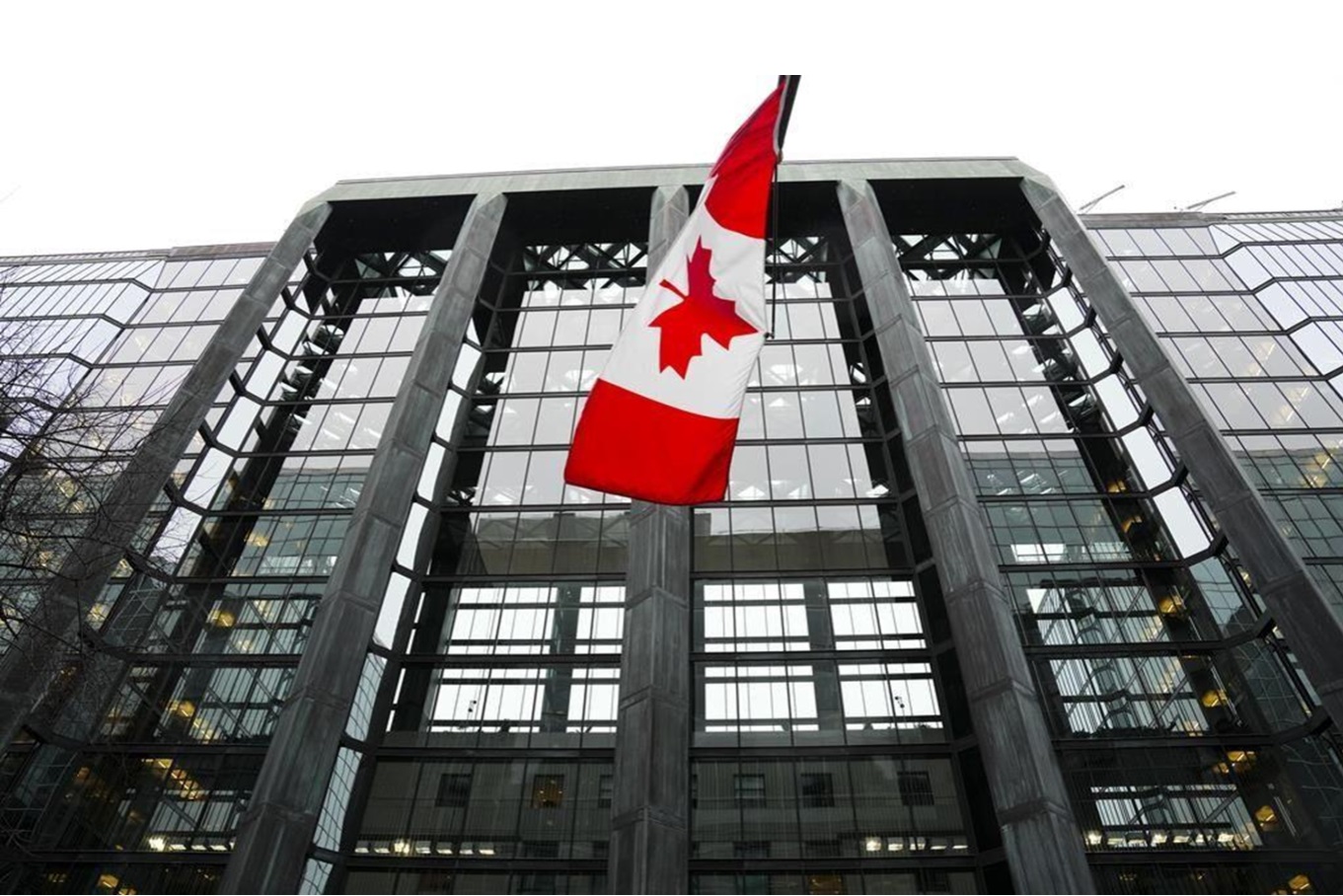
The Bank of Canada gears up to reveal its interest rate call this morning, with most experts anticipating the central bank to maintain its key rate. A snapshot of the Bank of Canada building in Ottawa on Tuesday, Dec. 6, 2022. THE CANADIAN PRESS/Sean Kilpatrick
As the year draws to a close, the Bank of Canada has opted for a steady approach, maintaining its key interest rate at 5% amidst a slowing economy. The decision, announced on Wednesday, reflects the central bank's observation that the application of higher interest rates is contributing to a reduction in inflation.
Citing evidence of the impact of increased rates on spending habits, the bank noted that consumption growth in the past two quarters has been nearly stagnant, and business investment, while exhibiting volatility, has remained essentially flat over the past year. The central bank asserts that this deceleration is a necessary measure to restore stability to prices.
This recent decision to keep the key rate unchanged comes as no surprise, marking the third consecutive instance. However, as financial markets speculate on potential rate cuts in 2024, the Bank of Canada remains cryptic about the timing of such a move, leaving the possibility of further rate hikes open.
The central bank expressed ongoing concerns about inflation risks and affirmed its readiness to raise the policy rate if necessary. Despite this stance, some economists doubt the likelihood of additional rate hikes. BMO Chief Economist Douglas Porter suggests that while the central bank aims to project resilience, the sentiment may not be resonating as anticipated.
TD Director of Economics James Orlando anticipates a shift to interest rate cuts in the near future, given the rising unemployment rate and the impact on economic spending. However, he acknowledges the current prudence of the central bank in maintaining a vigilant stance.
The recent hold on interest rates aligns with the Bank of Canada's cautious approach, considering inflation remains above three percent. Although there has been a notable easing of inflation over the past year, the central bank is keen to gather more evidence that underlying price pressures are indeed abating.
While financial markets predict potential rate cuts early next year, some commercial banks, like RBC, adopt a more conservative outlook, foreseeing rate reductions in the latter half of 2024. Economist Claire Fan emphasizes the importance of ensuring that inflation convincingly returns to the target range before considering such a move.
The Bank of Canada's next rate decision, scheduled for January 24, will likely be influenced by how the economy evolves in the coming months. With higher borrowing costs weighing on the Canadian economy, growth has been inconsistent, as indicated by a 1.1 percent contraction in the third quarter.
The labor market has also shown signs of weakening, with the unemployment rate climbing to 5.8 percent. Analysts, including Porter, highlight that the Canadian economy is still grappling with the effects of significant rate hikes in recent years, projecting a sluggish outlook for the upcoming year, with GDP expected to rise by a modest 0.5 percent.















